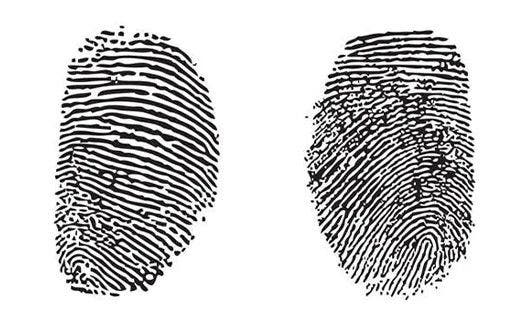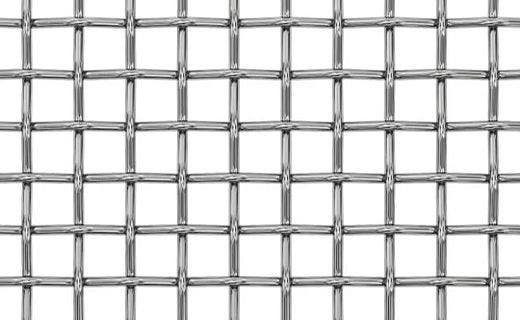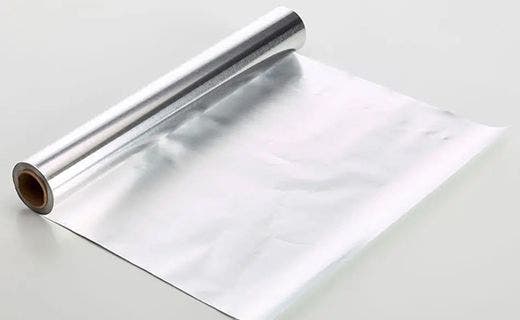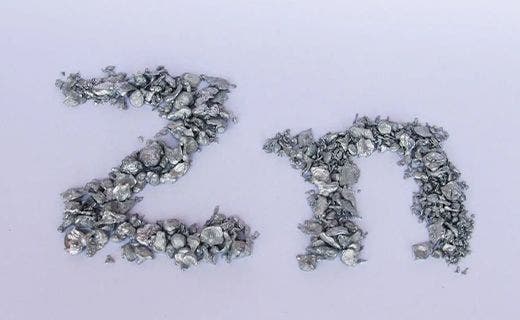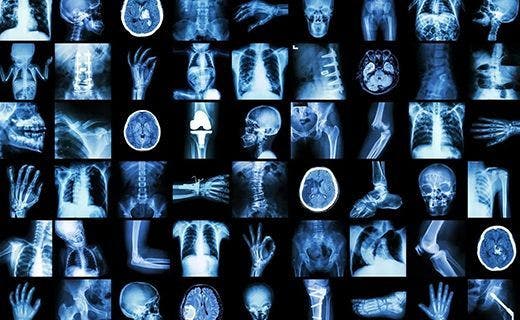It’s a well-known fact that, like snowflakes, the fingerprints of no two individuals are the same. The ancient Babylonians were creative with this knowledge. They would press the tips of their fingers into clay to record a business transaction. Although this ancient equivalent of digital fingerprint recognition is intriguing, we’re going to be looking at a process that’s more closely related to criminology – more specifically, how fingerprints changed the way we identify criminals. The origin of the method may just date further back than you think! Let’s find out more…
Before we discovered that fingerprints were an accurate way to identify criminals, we first had to learn that they were unique to the individual and can be used as an identifier. In 1858, Englishman Sir William Herschel worked as the Chief Magistrate of the Hooghly district in Jungipoor, India. In an effort to reduce fraud, Herschel would have the locals record their handprints when signing business documents. A few years later, Scottish doctor Henry Faulds, whilst working in Japan, discovered fingerprints on ancient pieces of clay which were left by artists centuries earlier. Faulds went on to recognize fingerprints as a means of identification and as a method of classification. Also, Faulds is credited with the first latent print identification in 1880, which was a greasy fingerprint deposited on an alcohol bottle.
Looking more specifically at law enforcement, Alphonse Bertillon, a clerk in the Prefecture of Police in Paris, France, was a pioneer in using measurements of individuals in order to identify them. The system became known as the Bertillon System, or anthropometry. It involved taking measurements, such as head length and width, length of the middle finger, length of the left foot and length of the forearm. He also established the practice of photographing the faces of those arrested, which came to be known as mugshots. He later introduced fingerprints, although this was relegated to a secondary role in the system.
It wasn’t until June of 1902 that fingerprints were used as evidence in a trial and enabled a conviction. The case occurred in South London, in the UK, after a burglary took place. During the investigation of the scene, a police officer noticed fingerprints on a recently painted windowsill. After confirming these were not the prints of anyone from the household, nor anyone doing work on the property, the prints were sent off to the Fingerprint Branch of Scotland Yard. They were able to sift through the fingerprints of known criminals until a similar print was found and discovered to be a match! The print belonged to 41-year-old Harry Jackson, who had previously served time for a robbery. Jackson was arrested and found with various stolen goods on his person. During the trial, the prosecution convinced the jury of the reliability of fingerprint evidence, and in September 1902, Harry Jackson was found guilty and sentenced to seven years imprisonment.
An interesting case occurred in 1903, at a federal prison in Leavenworth, Kansas, which sparked a change in the way that Americans were classified and identified. It came about when a man named Will West entered Leavenworth Prison as an inmate; as usual, his face was photographed and his Bertillon measurements were taken. However, this time there was something unusual noted upon completion of the process; it appeared that this inmate was already incarcerated at Leavenworth. It turned out that another inmate with the same name, William West, the same Bertillon measurements, and a striking facial resemblance, occupied a cell in the prison. The image of William West was so close to Will West, that upon inspection of the photo, Will West said, “That’s my picture, but I don’t know where you got it, for I know I have never been here before”. Naturally, this brought the reliability of Bertillon measurements into question; it was clear that a more final method of identification was needed. Enter fingerprint ID.
Until the 1980s, detectives would have to compare fingerprints manually with fingerprints already on file in order to establish a specific match. This very tedious method could take hours, or even days, not always producing a match. The Japanese National Police Agency paved the way for automation by developing the first electronic fingerprint matching system, known as the Automated Fingerprint Identification Systems (AFIS). The AFIS allowed for almost instantaneous cross-checking of fingerprints, which was a huge improvement. However, there was no coordination between different agencies or police forces, so there were still obstacles to overcome.
Success came in 1999, when the Integrated AFIS (IAFIS) was introduced. This system is maintained to this day and can categorize, search and retrieve fingerprints from just about anywhere in the world in about 30 minutes. The system holds fingerprints, mugshots and criminal backgrounds of around 50 million people! This is quite different from manually sorting and identifying the intricate marks of an individual’s fingerprint. Thank you again, technology!



